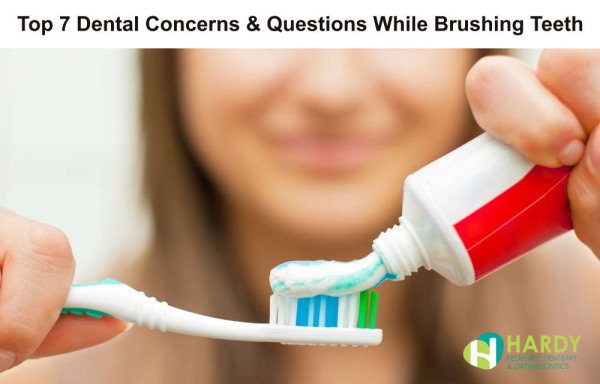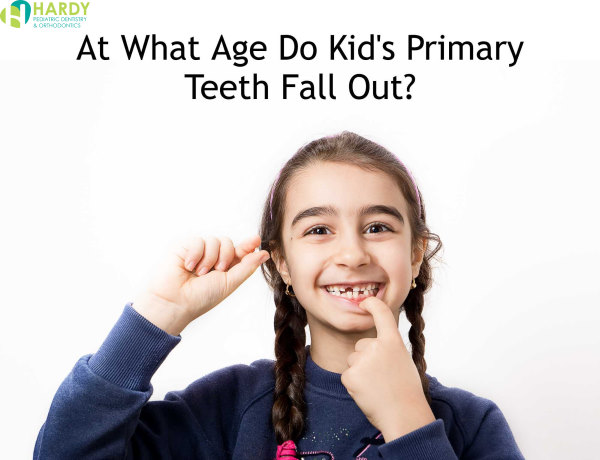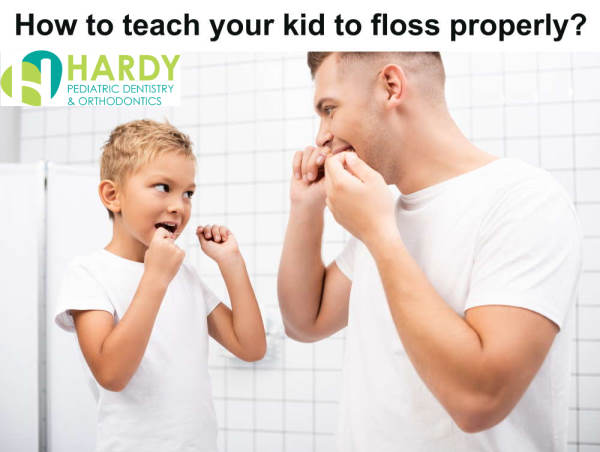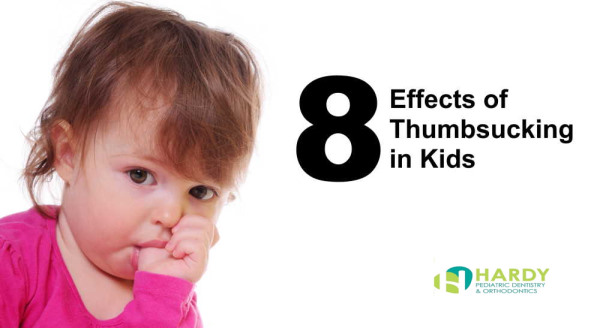7 Common Brushing Inquiries Answered

Learn How to Clean Invisalign Aligners
September 30, 2021
Invisalign Can Help Fix Overbite
October 16, 2021Regular toothbrushing is the most significant step you can take to maintain healthy teeth and gums. As simple as cleaning our teeth may look, very few of us actually do it properly. Brushing consistently is critical; else, you will end up missing out on the dental health advantages of brushing.
Even if you have been performing this portion of dental hygiene for several years, some issues may still arise. Numerous folks are perpetually concerned with brushing their teeth. Though some queries may seem self-evident, the responses to some of the frequent questions related to brushing may astound you. Below are some of the most usual questions concerning toothbrushing:
Q1: Should you rinse your mouth out after brushing your teeth?
A: An adult who brushes his or her teeth with remineralizing toothpaste (which contains hydroxyapatite or fluoride) should refrain from promptly rinsing their mouth following toothbrushing. This is because it will eliminate the fluoride from the leftover toothpaste. By instantly rinsing, you will distill and reduce the ingredient’s protective properties. Through postponing rinsing, the active ingredient has more opportunity to remineralize the tooth enamel. Following brushing, children, mainly those using fluoride toothpaste, should quickly rinse their mouths. This keeps children from ingesting an extra amount of fluoride, which can be detrimental to growth.
Rinsing your mouth after brushing your teeth is typically not a bad thing. However, not rinsing may promote enamel remineralization. This still depends on the chemical component contained in your toothpaste.
Read When kids may lose their initial baby tooth
Q2: Using baking soda to brush your teeth
A: If you’re going to use baking soda as a substitute for your toothpaste, it’s preferable to first contain it in a small dish or a shot glass. Wet your toothbrush and dip it in the baking soda to produce a thick paste. After that, clean your teeth normally with your toothbrush. The thick paste made of baking soda successfully removes stains and germs. Baking soda is an ideal option for regular toothpaste for those worrying about weakening their tooth enamel with an erosive paste. Also, baking soda is a great teeth whitening solution. Nevertheless, please be aware that baking soda doesn’t contain fluoride, which is vital to prevent cavities. Besides that, it has no citrusy scent and taste that numerous types of toothpaste possess, making it less enticing to those who love having a citrus-flavored breath.
It is paramount to proceed with caution when conducting online searches for toothpaste alternative solutions that contain baking soda. A common misunderstanding is that baking soda turns into an extremely good tooth whitener when mixed with lemon juice, apple cider vinegar, or any other acidic ingredients. This is not the case. These acidic substances will do more harm to your teeth than good. The acid will corrode the tooth enamel, making your teeth weaker and allowing the baking soda to destroy far more of the tooth structure, leading to a variety of other issues including cavities. Trying to remove stains away using baking soda and water works quite well.
Q3: When should children begin brushing their teeth?
A: As soon as your child grows a tooth, plaque can start to build up on the tooth’s surface, which can lead to tooth decay. This is why the American Academy of Pediatric Dentistry encourages parents to commence brushing their children’s teeth as soon as the first primary tooth emerges above the gum line. You must brush your kid’s baby teeth 2 times regularly at the very least. One of those periods should be immediately following their final meal and before bedtime. This is for the prevention of milk or food staying in their mouths during the night.
Q4: Can I eat immediately after brushing my teeth?
A: People with extremely good oral health will have no problems eating after brushing while individuals who are highly susceptible to dental caries should hold off for a while. There is no specific time. You can eat or drink after the toothpaste taste has subsided.
Q5: Common Toothbrushing Mistakes
A: There are plentiful mistakes we make that we’re oblivious about when it concerns toothbrushing. Check out the ones below to discover them:
1. You shouldn’t use a toothbrush that is broken or out of date.
At the very least, either change your toothbrush every three months or whenever the bristles begin to be worn out. Once bristles get twisted, they are no longer suitable and cannot work well as they should. Due to this, you cannot brush and clean your teeth properly.
2. You must floss before you brush your teeth.
Before brushing, it is important to floss your teeth first. By doing so, bacteria-causing cavities, dental plaque, as well as food particles, will be removed more effectively. Bacteria or germs may stay in the mouth if you don’t brush right away after flossing. Dental floss must be used 2 times each day – during the morning and the other time in the evening, to boost your oral health and keep a healthy mouth.
3. Brush your teeth alternately in straight and circular strokes.
Straight line strokes is a popular brushing method that cleans some surfaces of the teeth. However, this kind of motion cannot cover all parts of the teeth that must be cleaned. Making circular gestures with your toothbrush will make you able to reach the exterior layers of your teeth and guarantee a deep clean of your mouth. Brushing interior layers of your teeth using up and down motions is a great way to remove bacteria and dental plaque. Straight-line strokes, on the other hand, are the perfect way to clean the back teeth and eliminate any food debris that has become lodged between them.
Q6: Is it okay for me to brush my teeth more than two times a day?
A: Yes, you surely can. But, the majority of dentists suggest brushing teeth 2 times per day at the minimum and no more than 3 times. Brush your teeth as soon as you wake up and before you go to bed. When you’re using a toothpaste containing fluoride during the morning and before going to sleep at night, you should normally be alright with only thirty seconds of mouthwash after lunch or snacks.
Q7: Which toothbrushing technique is the most efficient?
A: Brushing your teeth efficiently necessitates you to position your toothbrush at a 45-degree angle towards your teeth and against your gums. Carefully slide your toothbrush back and forth in circular motions, covering each tooth’s surface. Up and down brushing erodes natural teeth structure and can lead to receding gums that reveal the roots of the tooth. Take note that you should brush all surfaces of your teeth including the interior, exterior, and chewing surfaces. For the chewing teeth surfaces, you should brush them using back and forth gestures. Furthermore, you must brush your tongue to make sure that bacteria will be removed.
Another consideration is the condition of the brush head, which should be in great condition for this method to work correctly. Due to the fact that everyone’s jaw is different and unique, you must choose one that fits snugly and slides easily in your jaw.
Read When children lose their teeth
Source
- Ghassemi A, Vorwerk LM, Hooper WJ, Putt MS, Milleman KR. A four-week clinical study to evaluate and compare the effectiveness of a baking soda dentifrice and an antimicrobial dentifrice in reducing plaque.J Clin Dent. 2008;19(4):120-6. PMID:
- Marshman Z, Ahern SM, McEachan RRC, Rogers HJ, Gray-Burrows KA, Day PF. Parents’ Experiences of Toothbrushing with Children: A Qualitative Study. JDR Clin Trans Res. 2016;1(2):122-130. doi:10.1177/2380084416647727



